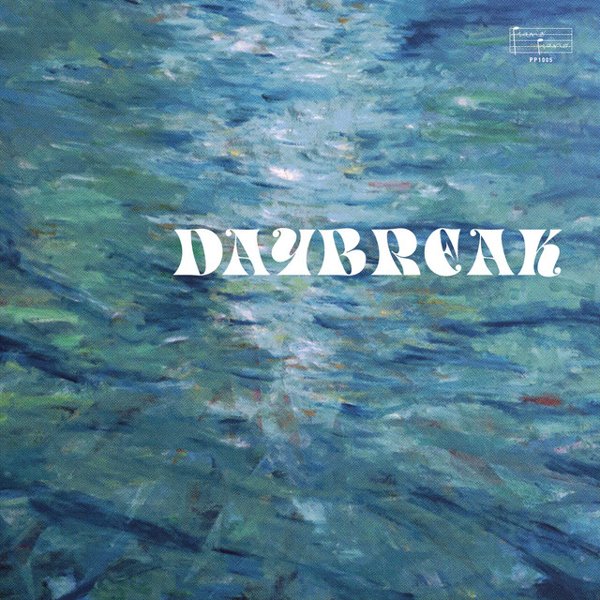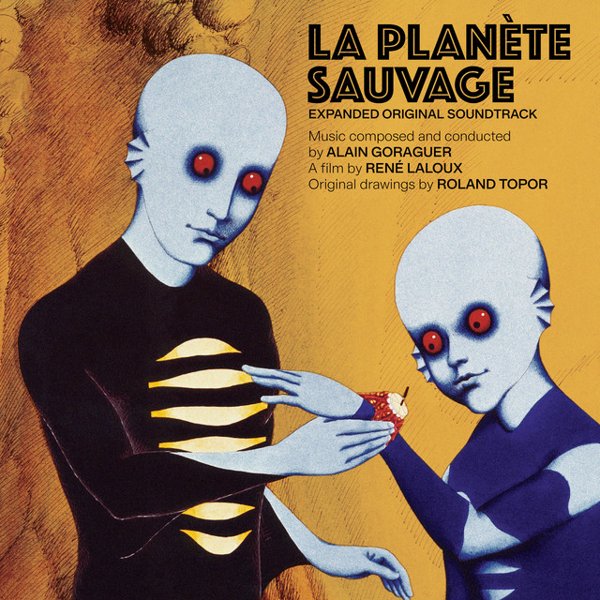
Recommended by
La Planète Sauvage (Expanded Original Soundtrack)
Its use as a sample go-to for hip hop artists looking for a darkly cinematic sense of drama means that there’s plenty on Alain Goraguer’s 1973 soundtrack for cult sci-fi animation La Planete Savage that will sound familiar to fans of Madlib, J Dilla, Flying Lotus, DJ Shadow and Mac Miller. Yet far from just being a colour chart for other’s masterpieces, the record inhabits its own singular universe. Managing to be both and otherworldy and urban, its nocturnal mix of jazz, funk and baroque orchestration bringing to mind both life on other planets and the gritty streets of downtown Manhattan in the 1970s. No wonder it caught the ear of so many.
René Laloux’s 1973 Franco-Czech animated feature La Planete Sauvage (Fantastic Planet) was an instant cult sensation of science fiction, but its surrealistic, gracefully psychedelic visuals and its widely-applicable allegorical take on oppression weren’t the only lasting impressions it left in viewers’ minds. In tandem with the film, the soundtrack of Alain Goraguer heightened both the pathos and the strangeness, riding heavily on a series of motifs that merged au courant international-cool jazz-rock with prog-style orchestral ambition. But while even the soundtrack’s biggest latter-day champions refuse to fully separate the score from its visuals — Madlib in particular drew some notable inspiration from the whole mise en scene in his turn-of-the-2000s early-Quasimoto era — the album as a solely musical experience makes for an intriguing listen. Thematic variations abound, with its plaintive, soaring-yet-plummeting “Générique” melodic motif threaded through the score with mutable versatility: it works as funk by turns tensely sour (“Le Bracelet”) and warmly yearning (“Terr et Tiwa”), but also feels Morricone-caliber when it’s an orchestra-in-repose with wordless vocals (“Mira et Terr”), and the way “Déshominisation (I)” lets it ooze through the gloom is the closest we’ve gotten so far to the idea of doom metal with a clavinet as lead instrument. To be fair, and true to the nature of many original scores, this holds together as a series of cues a bit better than it does a traditional song-based listen; some of the best moments (the dreamland exotica of “Terr et Tiwa dorment”; the frenetic bongo-driven tension of “Mort de Draag”) don’t even last a minute. But that doesn’t mean there aren’t some startling detours, especially when the album teeters on the precipice of the avant-garde in its second half (“L’Oiseau”; “Attaque des robots”). And considering that this score has been the sample source of beats from so many disparate artists — from Flying Lotus to Mac Miller to Dan Snaith to Big Pun — it’s got a longer, further reach than anything this “cult” usually earns.


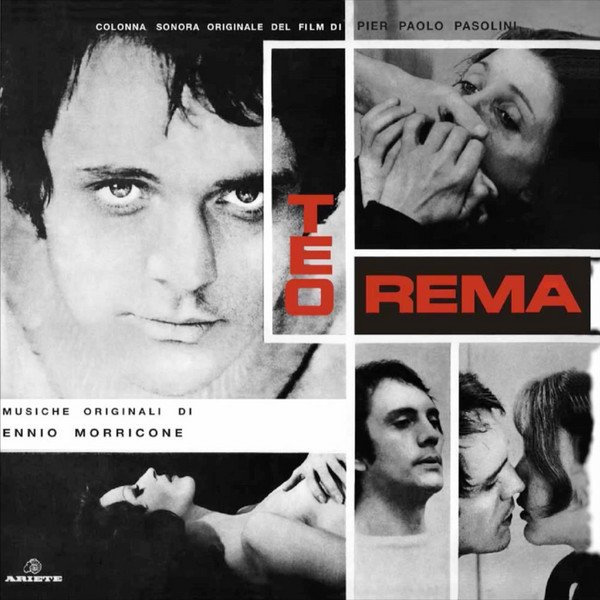
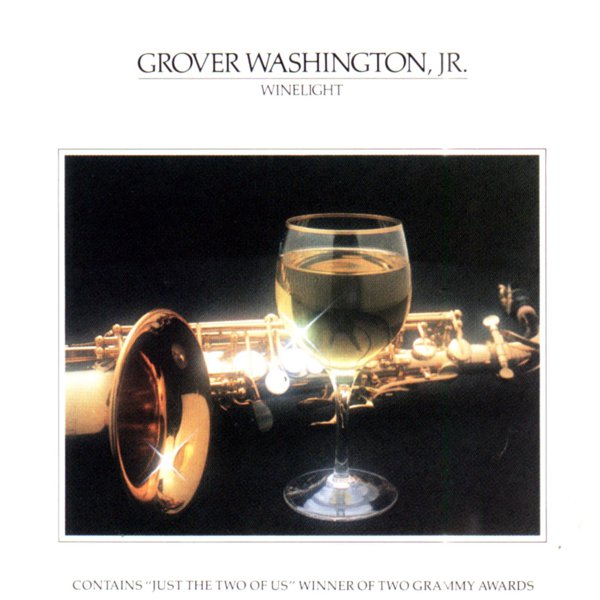
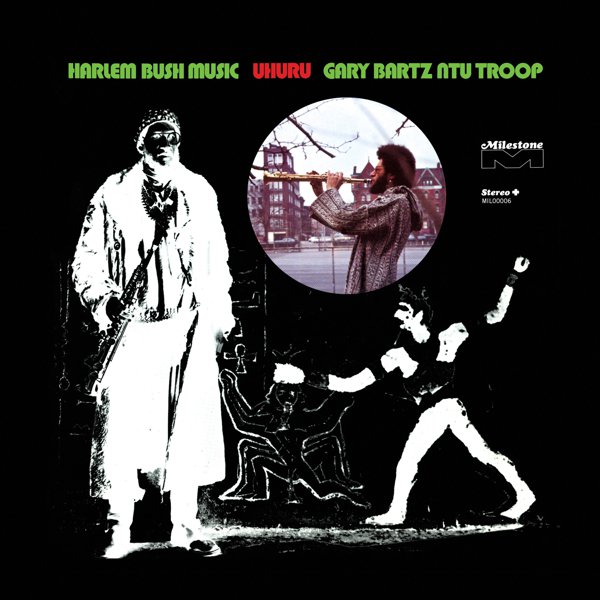
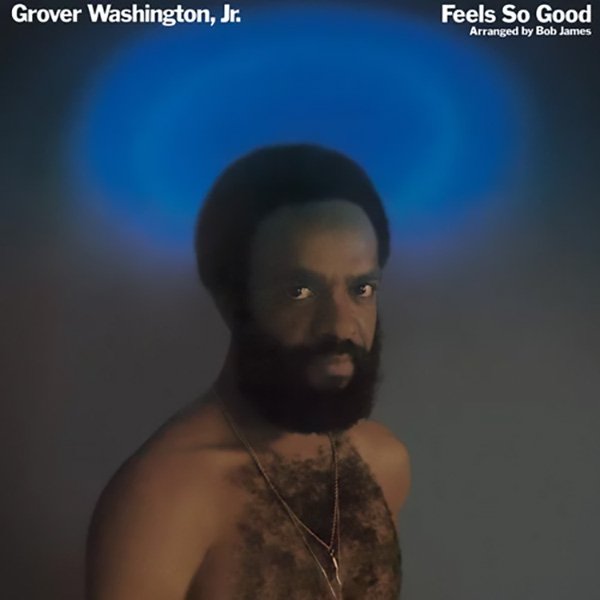
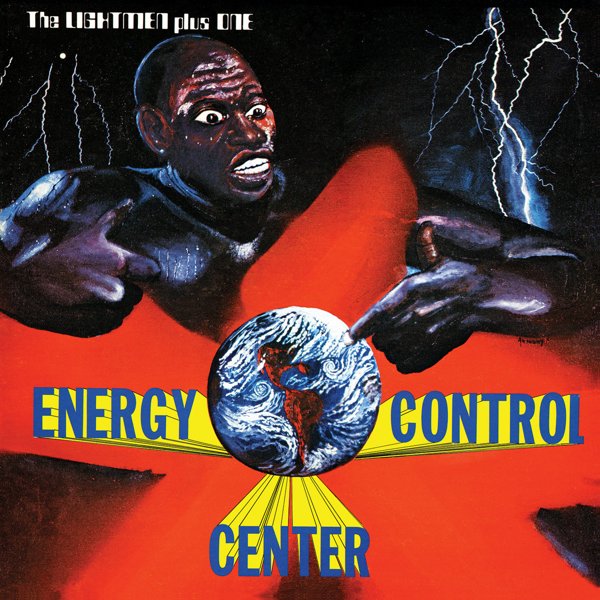
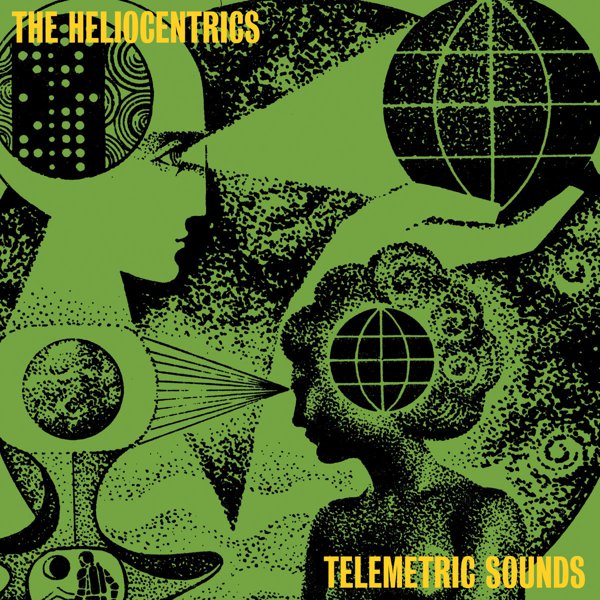
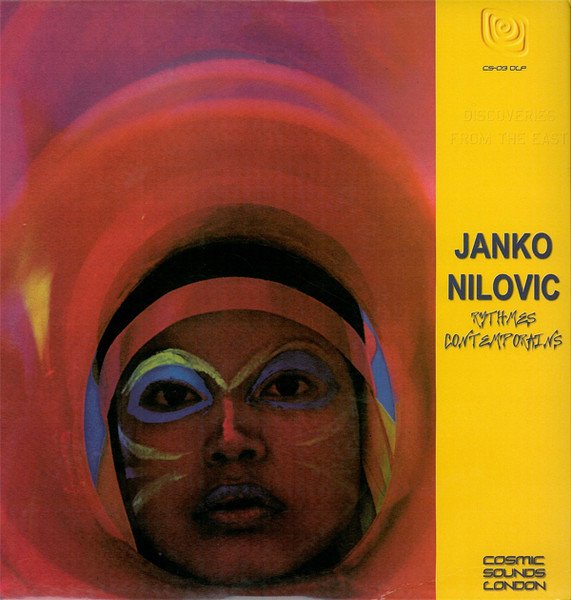
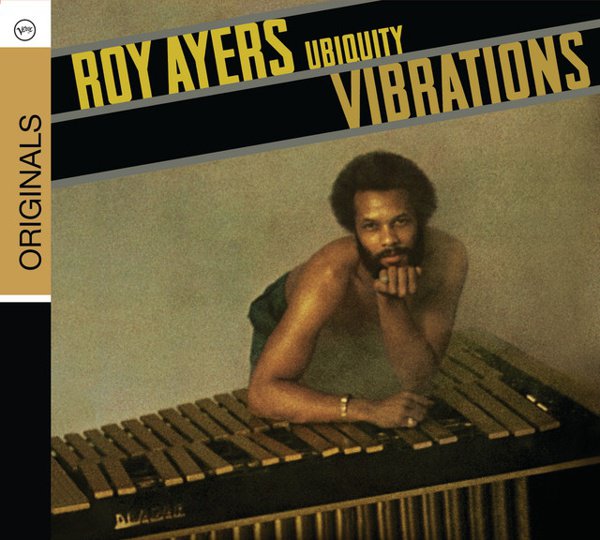

![$ [Original Soundtrack] cover](https://images.theshfl.com/4876551856324608_600.jpg)
